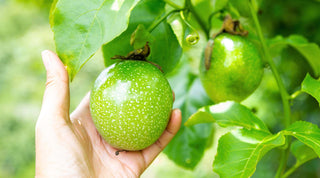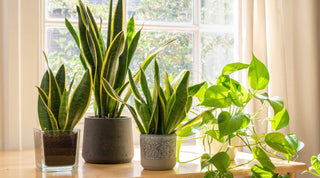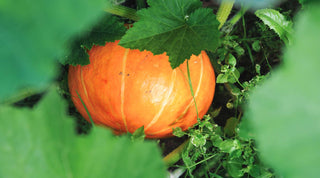Welcome to our guide on crafting garden-friendly birdhouses using leftover wood scrap, like old fence boards. Birds play a crucial role in garden ecosystems by pollinating plants and controlling pests. By providing them with cozy homes, you can attract a variety of bird species to your garden. In this article, we'll share a step-by-step guide on creating birdhouses that cater to specific garden-friendly species.
Materials You'll Need
Before diving into the design, gather these materials:
- Old fence boards or scrap wood
- Saw
- Measuring tape
- Screws or nails
- Hammer or screwdriver
- Sandpaper
- Paints and brushes (optional)
Creating the Perfect Birdhouse
Step 1: Choose Your Bird Species
Different bird species prefer different types of houses. For a garden-friendly environment, consider attracting species like Bluebirds, Chickadees, or Wrens. Research the specific requirements of these birds, such as entrance hole size and cavity dimensions.
Step 2: Design Your Birdhouse
-
Bluebird Birdhouse
For Bluebirds, create a house with a 1.5-inch entrance hole and a 6x6-inch floor. The box should be 9-10 inches high with a sloping roof and a 3-inch overhang to protect against rain.
-
Chickadee Birdhouse
Chickadees prefer smaller houses with a 1-inch entrance hole and a 4x4-inch floor. Keep the box around 8-9 inches high with a slanted roof.
-
Wren Birdhouse
Wrens enjoy cozy spaces, so opt for a 1.25-inch entrance hole and a 4x4-inch floor. Keep the box height between 5-6 inches with a steeply pitched roof.
Step 3: Cutting and Assembling
Measure and cut your scrap wood pieces according to your chosen birdhouse design. Assemble the pieces, securing them with screws or nails. Ensure the entrance hole is positioned correctly, and there's a way to open the birdhouse for cleaning.
Step 4: Sanding and Painting (Optional)
Smooth any rough edges with sandpaper for a polished look. You can also paint the birdhouse with non-toxic outdoor paint to match your garden's aesthetics while providing extra protection against the elements.
Step 5: Mounting the Birdhouse
Place your birdhouse at an appropriate height (usually 5-10 feet above the ground) in a location that offers some protection from the wind and direct sunlight. Ensure it's securely attached to a tree, post, or wall.
Conclusion
By following these steps, you can create custom birdhouses that cater to garden-friendly species, enhancing the biodiversity and charm of your garden. Remember to clean and maintain your birdhouses regularly to keep them inviting for feathered friends. Happy birdwatching!



